will a hydrangea do well in a pot?
kristinacatfish
16 years ago
Featured Answer
Comments (20)
kristinacatfish
16 years agoRelated Professionals
New Bedford Landscape Architects & Landscape Designers · Arnold Landscape Architects & Landscape Designers · Barrington Hills Landscape Architects & Landscape Designers · Rossville Landscape Architects & Landscape Designers · Suffern Landscape Architects & Landscape Designers · Beachwood Landscape Contractors · Harrisburg Landscape Contractors · Lynn Landscape Contractors · Palos Verdes Estates Landscape Contractors · Quincy Landscape Contractors · Rockland Landscape Contractors · Wells Landscape Contractors · Maplewood Landscape Contractors · Colorado Springs Siding & Exteriors · Westmont Ironworkmorz8 - Washington Coast
16 years agoego45
16 years agohayseedman
16 years agoyellowgirl
16 years agomorz8 - Washington Coast
16 years agoego45
16 years agoyellowgirl
16 years agohayseedman
16 years agoyellowgirl
16 years agotarpley_optilink_us
16 years agoluis_pr
16 years agotarwil
16 years agoyellowgirl
16 years agogardengal48 (PNW Z8/9)
16 years agosharynowen_yahoo_com
13 years agomarytoothman_rocketmail_com
12 years agogardengal48 (PNW Z8/9)
8 years agomary54mi
8 years ago
Related Stories
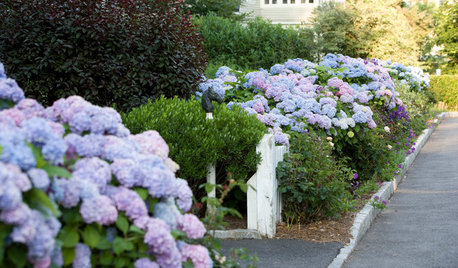
FLOWERSWhy You Should Give Hydrangeas a Place in Your Yard
The exuberant mop-headed beauties evoke dreams of an endless summer by the sea
Full Story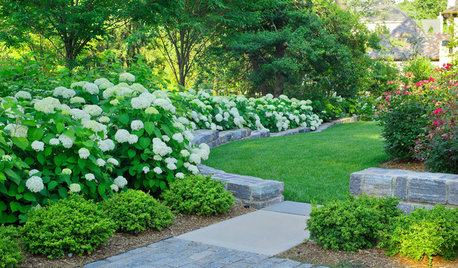
FLOWERS AND PLANTSHydrangea Arborescens Illuminates Garden Borders and Paths
This long-blooming eastern North American native shrub finds a home in landscapes around the world
Full Story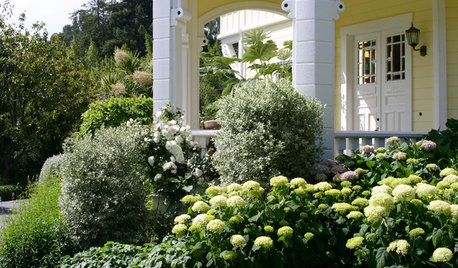
GARDENING AND LANDSCAPINGHave a Ball With Hydrangeas
Even if you don't tinker with the hue by changing the soil, hydrangeas have an entertaining range of uses in all kinds of landscapes
Full Story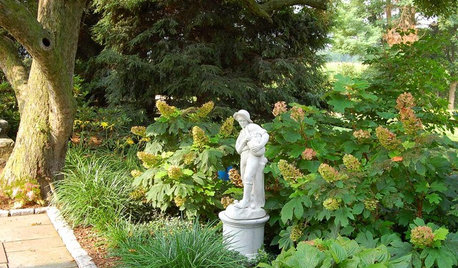
GARDENING GUIDESGreat Design Plant: Oakleaf Hydrangea
Consider this full, flowering shrub for year-round beauty in the garden as you plan your fall plantings
Full Story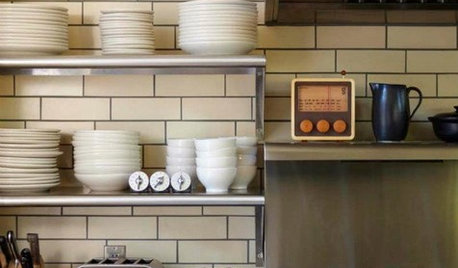
KITCHEN DESIGNCreate Your Own Checklist for a Well-Stocked Kitchen
Personalize the kitchen with your own must-haves from our list of top cooking tools, small appliances, pots, pans and more
Full Story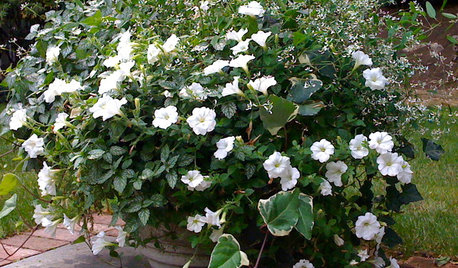
GARDENING GUIDES11 Perfect Plants for a Moonlit Garden — in Pots
Create an alluring after-dark aura on a patio or deck with container plants that glow white under the stars
Full Story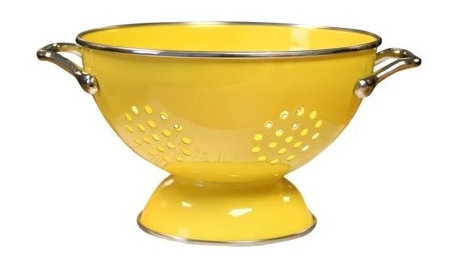
PRODUCT PICKSGuest Picks: The Well-Stocked Starter Kitchen
We’ve got all the kitchen basics and tableware you need (or that recent grad needs) to make cooking a joy
Full Story
GARDENING GUIDESHow to Keep Your Citrus Trees Well Fed and Healthy
Ripe for some citrus fertilizer know-how? This mini guide will help your lemon, orange and grapefruit trees flourish
Full Story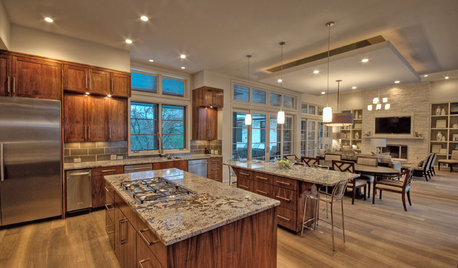
KITCHEN DESIGN7 Strategies for a Well-Designed Kitchen
Get a kitchen that fits your lifestyle and your design tastes with these guidelines from an architect
Full Story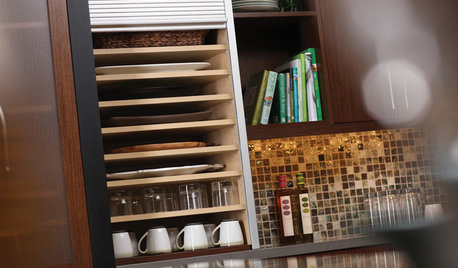
KITCHEN DESIGNServeware Storage That'll Serve You Well
Keep your big, awkward platters organized and safe with dividers, racks and drawers
Full StoryMore Discussions






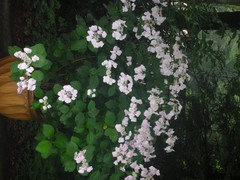

yellowgirl